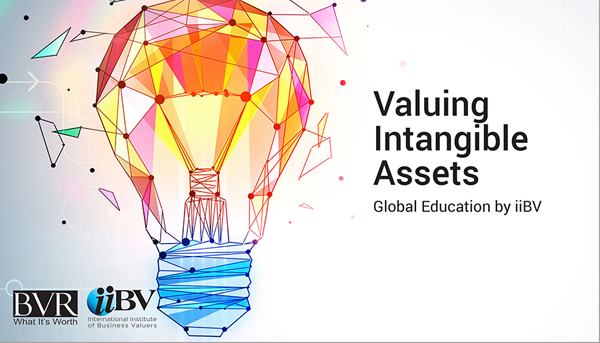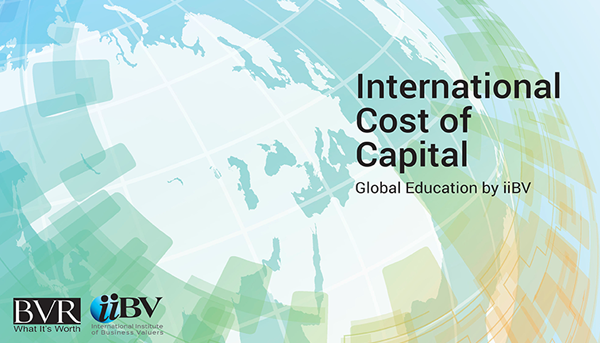Online global business valuation education from the iiBV, on your schedule and from any location
If you’re looking for global business valuation education—when and where you want it—check out four new e-learning courses from the International Institute of Business Valuers (iiBV) and Business Valuation Resources (BVR). Designed as a second step in knowledge for those who have taken some valuation education, such as ASA 100-level courses or valuation classes in college, the courses include non-U.S. examples and are based on IVSC international valuation standards.
“Our international business valuation courses have been well received in the global market and, up until now, we were only able to deliver these courses in the classroom,” says Michael Badham, executive director of the iiBV. “Having redeveloped our courses in an online format allows a business valuation professional, who is normally on the road, working with clients, access to the education in a modular format that works well on all devices. There is nothing like this in the market.”
The iiBV course topics include:
1. Valuing Early-Stage Companies
Early-stage companies are challenging to value. Often with undeveloped or even no revenue, these companies require a unique set of tools for a business valuer. Learn the common models used to deploy valuations in this area such as the current value method, option pricing model, and the probability weighted expected return method (PWERM), along with their shortcomings. View course syllabus
2. Valuing Minority Interests
Valuing a partial interest in a business is difficult, and, when that interest is a minority ownership stake, the impact to value can be significant. In this e-learning course, led by John Barton, you’ll learn methods to adjust for and quantify minority discounts. With multiple methods and data sources, marketability discounts can be even more challenging, but, module by module, you can learn the pros and cons to utilizing each method. View course syllabus
3. Valuing Intangible Assets
Every valuation professional needs to be able to identify the differences between intangible and tangible assets. The first step is to define the major categories of intangible assets and understand the common models used to determine value. Often the purpose of intangible valuation is for financial reporting contexts, including purchase price allocation. This fundamental course builds on core valuation concepts with in-depth lectures and Excel-based case studies. View course syllabus
4. International Cost of Capital
The income approach is the most relied upon approach for most valuations, and determining the cost of capital for your engagement for a non-U.S. company is often difficult due to lack of local data. Utilizing commonly applied models in developing international cost of capital, such as relative volatility models or country yield spread models, is critical for success. Learn the shortcomings of each model in terms of their ability to capture the systematic and unsystematic risk in a subject company. View course syllabus
Conclusion
Registration is now open for these courses and includes a special bundle option. Courses feature engaging multimedia content including videos, quizzes, downloads, and more. Plus, you can earn a Certificate of Knowledge to add to your arsenal of valuation accomplishments. Learn more about these courses and BVR’s additional e-learning options on Monte Carlo simulations, using Excel for valuation, and international standards.




